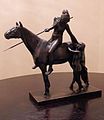
The Victory Column is a monument in Berlin, Germany. Designed by Heinrich Strack after 1864 to commemorate the Prussian victory in the Second Schleswig War, by the time it was inaugurated on 2 September 1873, Prussia had also defeated Austria and its German allies in the Austro-Prussian War (1866) and France in the Franco-Prussian War (1870–71), giving the statue a new purpose. Different from the original plans, these later victories in the unification wars inspired the addition of the bronze sculpture of Victoria, the Roman goddess of victory, 8.3 metres (27 ft) high, designed by Friedrich Drake.
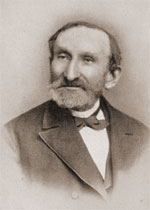
Georg Ferdinand Howaldt was a German sculptor.

Johann Philipp Ferdinand Preiss was a German sculptor. He was one of the leading sculptors of the Art Deco period.
Roman Bronze Works, now operated as Roman Bronze Studios, is a bronze foundry in New York City. Established in 1897 by Riccardo Bertelli, it was the first American foundry to specialize in the lost-wax casting method, and was the country's pre-eminent art foundry during the American Renaissance.
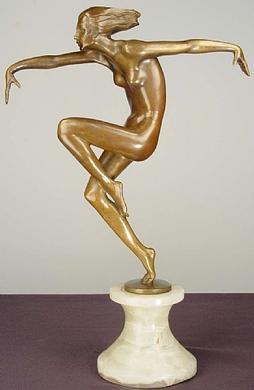
Josef Lorenzl was an Austrian sculptor and ceramicist of the Art Deco period, the same era as Ferdinand Preiss (1882–1943) and Demetre Chiparus (1886–1947).

The Arts of War and The Arts of Peace are bronze, fire-gilded statue groups on Lincoln Memorial Circle in West Potomac Park in Washington, D.C., in the United States. Commissioned in 1929 to complement the plaza constructed on the east side of the Lincoln Memorial as part of the Arlington Memorial Bridge approaches, their completion was delayed until 1939 for budgetary reasons. The models were placed into storage, and the statues not cast until 1950. They were erected in 1951, and repaired in 1974.
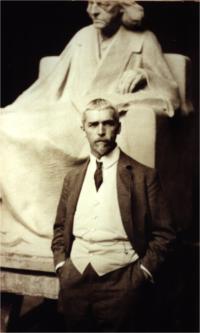
Adolf Brütt was a German sculptor. He was the founder of the Weimarer Bildhauerschule and its accompanying bronze foundry.
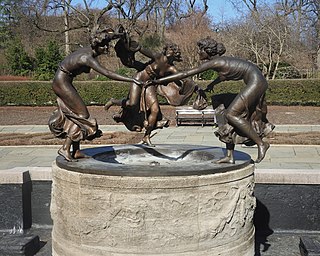
The Untermyer Fountain is a memorial fountain with a bronze cast of Walter Schott's sculpture Three Dancing Maidens. It is located in the Conservatory Garden of Central Park in New York City.
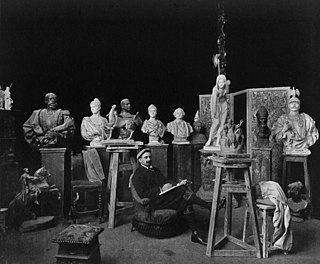
Walter Schott was a German sculptor and art professor.

Franz Iffland (1862–1935) was a German sculptor and painter who worked during the late 19th and early 20th century. He was born in 1862 in Berlin, Kingdom of Prussia. The majority of his sculptures were influenced by the jugendstil movement but late in his career, beginning in the mid-1920s, he produced a number of art deco sculptures. Iffland died in Berlin, Nazi Germany in 1935.
Julius Paul Schmidt-Felling (1835–1920) was a German sculptor who worked during the mid-to-late 19th century and early 20th century. The subject matter of his work was wide and varied. He produced, among others, bronze statues of heroic warriors, athletes, blacksmiths, and farmers. A number of his sculptures of young children were in the Dutch colonial style, some being whimsical in nature.

Otto Schmidt-Hofer (1873–1925) was a German sculptor who worked during the late 19th century and early 20th century. His work was primarily Neoclassical and Art Nouveau between 1893-1914 and Art Deco from 1915 until his death in 1925.
Paul Philippe (1870–1930) was a French sculptor who worked during the late 19th and early 20th century. His work primarily consisted of bronze sculptures done in the Art Nouveau and Art Deco genres.
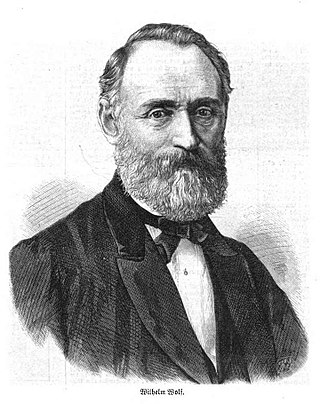
Friedrich Wilhelm Wolff was a German sculptor and journalist who specialized in the depiction of animals in metal giving him the nickname of "Tier-Wolff".
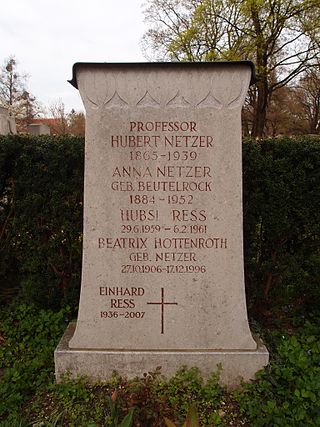
Hubert Netzer was a German sculptor, medalist, and university professor.

Three Dancing Maidens is a nymph fountain (Nymphenbrunnen) sculpture by Walter Schott. There are three full-size versions or castings of the bronze sculpture: One known as the Untermyer Fountain in Central Park, New York, the second one in Antwerp’s Den Brandt Park, and the third one in the courtyard of the Burg Schlitz castle, a grand hotel in the Mecklenburg region of northern Germany. Identification of the original sculpture created for Rudolf Mosse in 1909, and later looted by the Nazi Party is the subject of research, which appears to be leading to the version in the Burg Schlitz castle. Three-quarters scale castings, likely to be examples of the sculptor's early drafts, can be found in Germany, Austria, and Northern California.

Locking Piece is a sculpture by Henry Moore. It comprises two interlocking forms holding a third element between them, on a bronze base. It is usually mounted on a separate plinth. The sculpture was created in 1962–1964, and bronze casts were made in 1964–1967.

Hermann Noack, or Noack Foundry, is a German art foundry in Berlin, named after its original proprietor and his three direct descendants, all with the same name, who have run the business. Most of its works are cast in bronze.
Ferdinand Lepcke (or Lepke) (1866–1909) was a German sculptor, who in particular realized two major monuments in Bydgoszcz: the Deluge Fountain and The Archer. He received a golden medal at the Great Berlin Art Exhibition and, the Berlin Minister for Spiritual Education and Medical Affairs awarded him the title of professor.
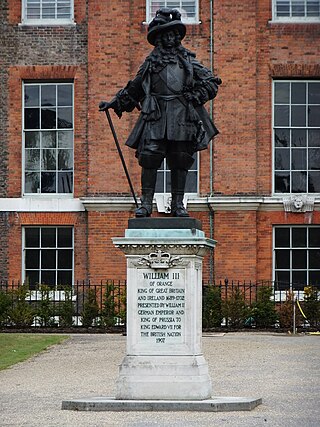
A bronze statue of William III of England stands on the south side of Kensington Palace in London, facing towards the Golden Gates. The statue was designed by Heinrich Baucke and erected in 1907. It was cast by the Gladenbeck foundry in Berlin and given as a gift by the German Emperor Wilhelm II to his uncle, King Edward VII. The statue has been a Grade II listed building since 1969.


